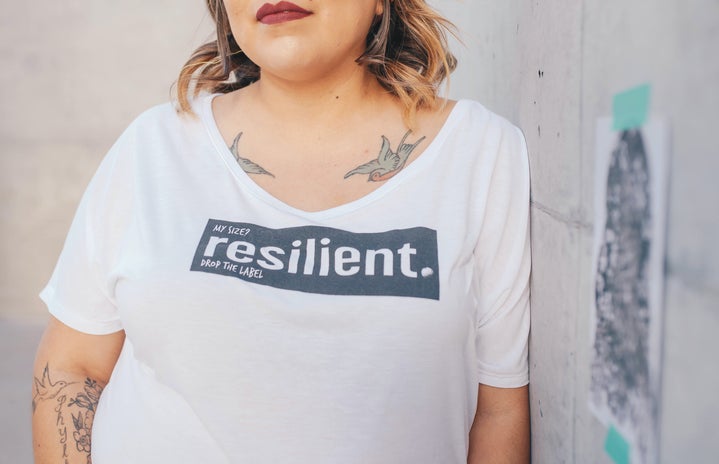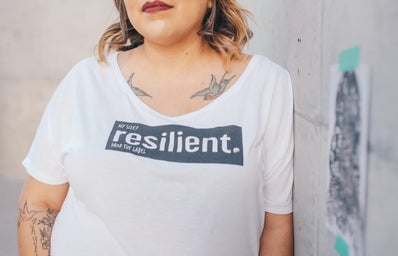Ever heard of the proverb, “Until lions have their historians, tales of the hunt shall always glorify the hunter?” It stems from the idea that history is written by the victors. All too often, we imagine those victors to be male and white — erasing the work of women, especially those of color. We need more stories about the lionesses.
Here are seven women of color who you may have never heard of, but who deserve to have their glory printed in all history — or better yet, herstory — books.
1. Anandabai Joshee, Kei Okami & Tabat Islambooly
Imagine the United States in 1885. A time before women could even vote. Few white women were encouraged to pursue higher education or a career beyond that of housewife, let alone women of color. But 1885 is the same year that these three women, hailing from India, Japan, and Syria, attended the Dean’s reception at the Women’s Medical College in Pennsylvania. These ambitious, altruistic women went on to become the first licensed female physicians from their respective countries of origin.
(Courtesy of the Drexel University College of Medicine Archives and Special Collections)
2. Sophia Duleep Singh
One of the last princesses of the Sikh Empire before it fell, Sophia Duleep Singh was raised in England and grew up as the goddaughter of Queen Victoria. But by her mid-twenties, Singh was no longer thought to fit the image of ladylike royalty. She’d begun coloring outside of the lines of “graceful” conduct. After a visit to her native country, she was inspired to fight for better treatment of Indian soldiers and for women’s rights. She actively led and participated in protests, rallied women together and sold suffragette newspapers. Though the British government pushed to keep Singh’s name out of the headlines — causing her name to disappear from conversations and textbooks — she remains one of the most influential figures of the Western suffragette movement.
(Courtesy of Wall Street Journal)
3. Ola Mildred Rexroat
Ola Mildred Rexroat was a Sioux woman from the Pine Ridge Indian Reservation in South Dakota who came of age during World War II. Only 800 Native American women served in the war, and just over 1,000 women served as Women’s Airforce Service Pilots, or WASPs. Rexroat is the only woman believed to belong to both groups. She was one of five women of color and the only Native American woman to become a WASP during World War II. Though WASPs were absolutely instrumental in the war effort — they flew over 60 million miles in military aircrafts under Army command — they weren’t recognized as veterans until 1977, and their contributions were unrecognized by historians. Rexroat had a dangerous job, too; she towed targets for aerial gunners and joined the Air Force when the war ended. She received a Congressional Gold Medal for her unforgettable work from President Barack Obama in 2009.
(Courtesy of Fly Girls)
4. Fannie Lou Hamer
“I’m sick and tired of being sick and tired,” Hamer once said. In 1962, Hamer was one of the first attendees of a civil rights protest meeting to decide that she would register herself to vote. Her bravery caused her to lose her job and home, but she told The New York Times that “They kicked me off the plantation, they set me free. It’s the best thing that could happen. Now I can work for my people.” She organized the 1964 Freedom Summer voter registration drive helping many more African-Americans register to vote, and co-founded the Mississippi Freedom Democratic Party. Though she was violently shot, beaten, arrested and threatened throughout her activism, she persevered in fighting for civil rights — perhaps because she was sick and tired of being sick and tired, and knew she deserved better.
(Courtesy of American RadioWorks)
5. Patsy Mink
Mink was the first woman of color (and the first Asian-American woman) to be elected to Congress in 1964, and her legacy is one that we still ought to be thankful for today. Mink co-authored Title IX, or the Equal Opportunity in Education Act, that makes it unlawful for federally funded programs or institutions to discriminate on the basis of sex. It’s the law that opened doors for women’s athletics and protects the right of transgender public school students to use the bathroom that matches their gender identities.
(Courtesy of PBS)


